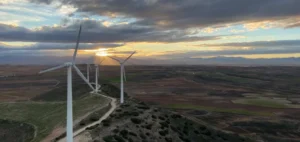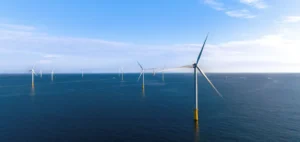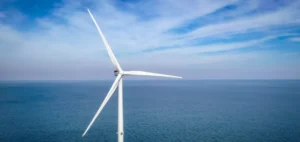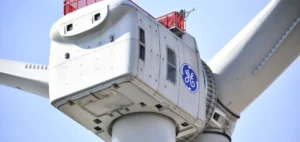Vena Energy announces two wind projects, Wei-Na and Wei-Long. They will participate in the development of the Phase 3 offshore wind farm in Taiwan. The two projects will have a total capacity of 1.8 GW.
Vena Energy’s projects
Vena Energy deals with development in the field of renewable energy. The company owns and operates several assets. To date, it has over 200 wind and solar projects in operation. Currently, its offshore wind capacity in the Asia-Pacific region amounts to 10 GW.
Located 43 km off Changhua, Wei-Long will occupy an area of about 76 km2. In addition, it will have a capacity of 600 MW at a depth of 40 to 62 meters. Wei-Na will have a capacity of 1,200 MW and will be located off the coast of Miaoli on approximately 126 km2.
Wei-Long and Wei-Na will use wind turbines with an individual capacity of 14 to 20 MW. Daniel Astbury, head of wind power at Vena Energy, notes the importance of these projects to the energy transition. Thus, he states:
“The development and production of offshore wind projects is essential to accelerate the energy transition.”
Participation in the energy transition
Daniel Astbury adds that Taiwan is a prime location for offshore wind energy development. Vena Energy’s strategy is based on the use of its experience in this field. In this sense, it affirms:
“We will leverage our experience in other Asian markets and use our capabilities in public-private partnership agreements with international buyers to develop a strong pipeline in the Asia Pacific region.”
Vena Energy also makes sure to select sites that are assessed to exclude environmentally sensitive areas. In addition, the development of such projects contributes greatly to the country’s Net Zero goal. For example, Will Feng, general manager of offshore wind development in Taiwan, states:
“We will use our local experience and continue to engage with all stakeholders to develop our offshore wind pipeline and contribute to Taiwan’s net zero emissions goal.”
Vena Energy is part of the Global Infrastructure Partners portfolio. Thus, it also benefits from the experience of the independent infrastructure fund manager. The latter has more than 200 GW of renewable capacity in operation, under construction and under development.






















